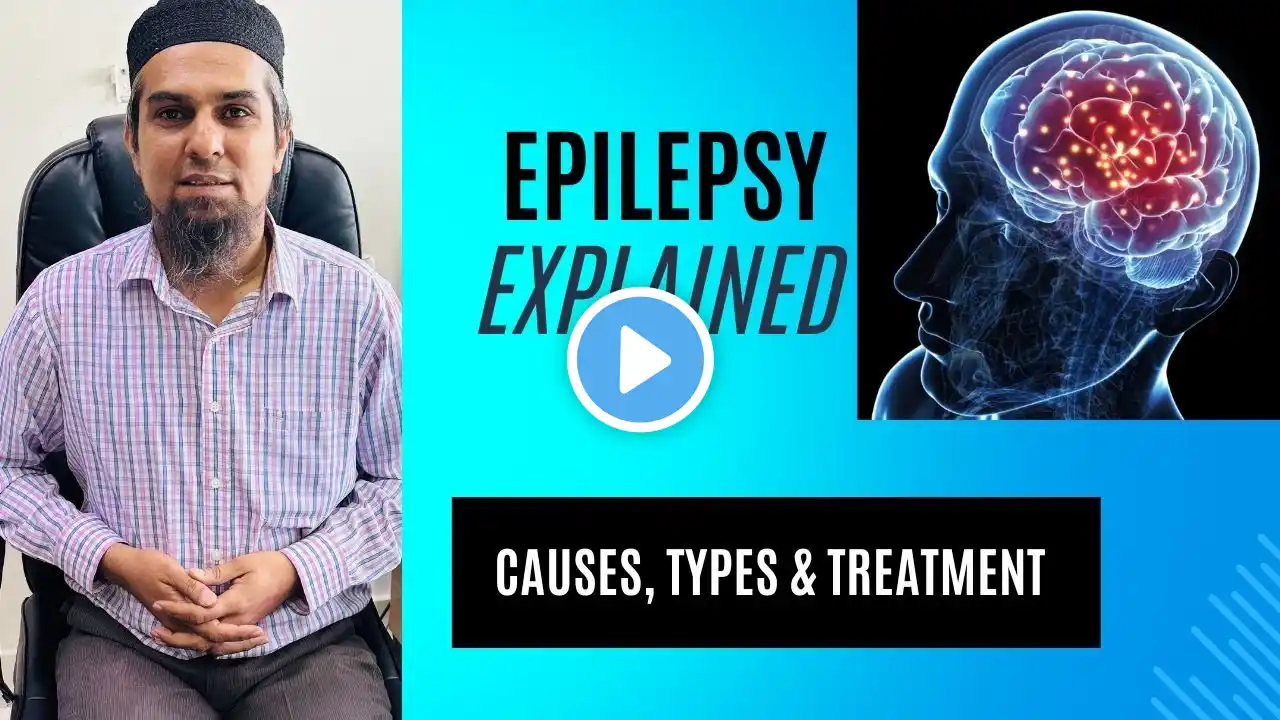
Partial Seizures: Types, Causes, and Management
Partial seizures, also known as focal seizures, are a type of epileptic seizure that originates in a specific area of the brain. Unlike generalized seizures, which involve both hemispheres of the brain from the onset, partial seizures begin in a localized region and may or may not spread to other brain areas. There are two main types of partial seizures: simple partial seizures and complex partial seizures. Simple Partial Seizures: In simple partial seizures, the person remains conscious throughout the episode. The symptoms depend on the area of the brain affected. Common manifestations include motor symptoms, sensory disturbances, or autonomic symptoms. Motor symptoms may cause jerking or repetitive movements in one part of the body, such as an arm or leg. Sensory symptoms can lead to abnormal sensations, such as tingling, numbness, or visual disturbances. Autonomic symptoms may include changes in heart rate, sweating, or gastrointestinal disturbances. Complex Partial Seizures: Complex partial seizures, on the other hand, involve impaired consciousness or altered awareness during the episode. The person may appear confused, exhibit repetitive movements, or engage in purposeless activities. They might not respond to external stimuli and might not recall the seizure afterward. Complex partial seizures often originate in the temporal lobe, making them sometimes referred to as temporal lobe seizures. The causes of partial seizures can vary, including brain injuries, tumors, infections, genetic factors, or developmental abnormalities. Diagnosis typically involves a detailed medical history, neurological examination, electroencephalogram (EEG), and sometimes brain imaging studies like MRI or CT scans. Treatment for partial seizures usually involves antiepileptic medications to control seizure activity. In some cases, surgery may be considered for individuals whose seizures are unresponsive to medications and originate from a specific, identifiable brain area. Lifestyle modifications, such as managing stress, getting enough sleep, and avoiding triggers, can also be helpful in seizure management. It's important to note that epilepsy and seizures can have a significant impact on a person's life, affecting their safety, daily activities, and emotional well-being. Therefore, proper medical care, support, and understanding from family and friends are crucial for those living with partial seizures. If you or someone you know is experiencing seizures, seeking medical attention and consulting with a neurologist is essential for accurate diagnosis and appropriate management. #pharmacy #mbbs #pharmacology #healtheducation #clearpharma #bpharma #epilepsy #seizure #partialseizure



















